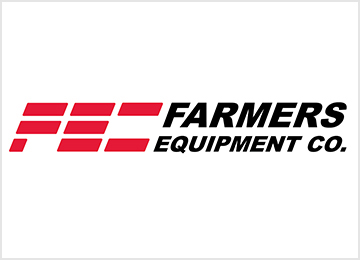Tom Baumann
In Part One, we explained the importance of having agriculture land and policies in place to actually grow local food. In this second part, we will explore how food is made and what is behind the system that serves us fresh food.
There are many buzz words among consumers today: Allergies, pesticides, fertilizers, organic, sustainable, gluten free, no spray, and vegan. And there are other terms that need defining more clearly, such as locavore, 100-mile diet, slow food, raw food and more—opinions on what they mean abound. It is best to research these terms and discover for yourself the most suitable foods for your nutritional needs. Rather passionate discussions are happening in schools, market places, and public and private fora on the subject matter. Usually the discussions are very emotional and peppered with spurious or emotional proof only—even in the newspapers, online and on TV. The food systems need to be examined so discussions can be based on more than just emotion.
It is necessary for farmers to know exactly who their consumers are and where their market is; preferably the food will be consumed within hours of picking and supplying to the stores, or other market outlets including the processing plants. This will ensure that food is wholesome, and laden with vitamins, minerals and fibre. This is the difference which sets local production apart from foreign or long distance production. A strawberry from California travels 2000 km to
get to our kitchen; whereas one from Langley travels an hour to Vancouver. Not only can local farmers pick later, which means the strawberry is ripe and full of flavour, but excessive carbon emissions can be prevented from transporting food long distances. However, not every crop can be successfully grown in our region. Pineapples, bananas, papaya and others are such examples.
But is everyone aware that we already grow rice successfully in the Fraser Valley? Well, we do!
And we can grow Pawpaw and many other exotics too, even without using greenhouses!
Eating food that is as fresh as possible preserves most of the good ingredients. Local food, as we already established, can be harvested closer to ripeness than food that travels long distances. That also means that the vitamin and antioxidant content of the food is higher. Just like grandma always told us, “eat your fresh fruits and vegetables”. The more colourful, the better they are for you. Blueberries, black currants, raspberries, and red cabbage are but a few examples.
Or whenever you have a glass of beer, have some radishes with it—just as it has been done for hundreds of years at the Oktoberfest in Munich. The sulfur components in the radishes counteract some of the chemicals in the beer (no, sorry, not the alcohol!)
As consumers, should we wash produce or, as a certain actress in Hollywood once suggested, wash our produce with soap or chlorine? There are steps along the way to ensure we receive the least contaminants possible. Some government guidelines demand that certain foods actually get prewashed before delivery to the grocery stores with a mild chlorine solution. The CFIA (Canada Food Inspection Agency) strongly recommends that all processing establishments adopt HACCP (Hazard Analysis Critical Control Point) guidelines, which means they abide by a very strict system that checks all avenues through which food could be contaminated and eliminates issues before they become a problem. And even in food distribution, most notably travel by truck and air, precautions can be taken such as probes sent with the product and read at the destination to make sure there was no interruption of the cold chainduring transport. But it is always advisable to wash certain foods and make sure they are cooked thoroughly or prepared properly before consumption.
So is it safe to eat Canadian-grown food? With all the testing going on, the written instructions and checks and balances, we should all be comfortable eating Canadian food. And be observant when buying food from other countries. But yes, we will always have recalls and some contaminants getting past the checkpoints; and yes, we will have someone insisting on eating hamburger meat raw or pink; and yes, we may still have cooks preparing chicken sloppily and not washing hands and counters between touching the finished product; and yes, people will get ill from food. We have our safety procedures in place for the benefit of all, and we need to be aware of the safety measures in our food systems. And, of course, we should always be consuming local food as much as possible.
Now what about eating the right foods? What about all the buzz words—is there a specific diet we should follow? Remember grandma’s advice, and unless you have a diagnosed condition and are allergic to certain foods, eat whatever you like in moderation. Health Canada has produced a guide on food intake with great suggestions. Trends come and go, but our food choices should always be as healthy as we can make them. We, as farmers and consumers, can set the standards and expect more from our food systems.












